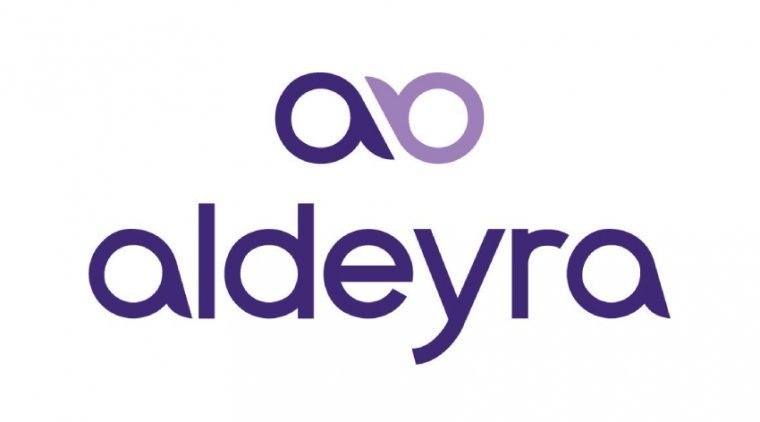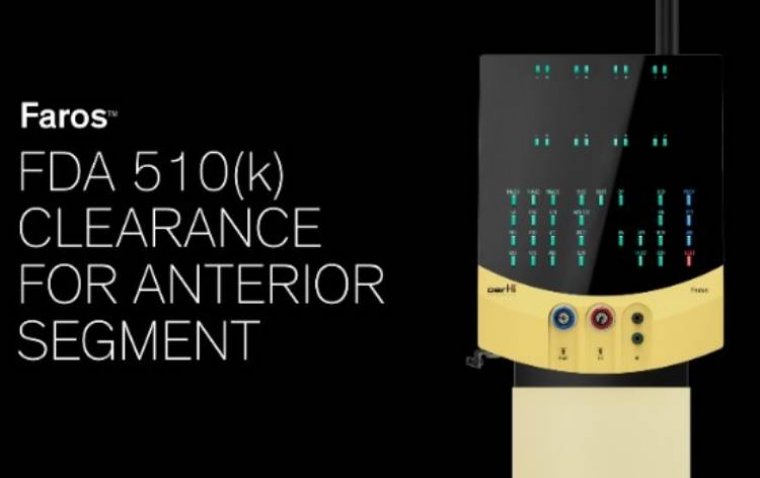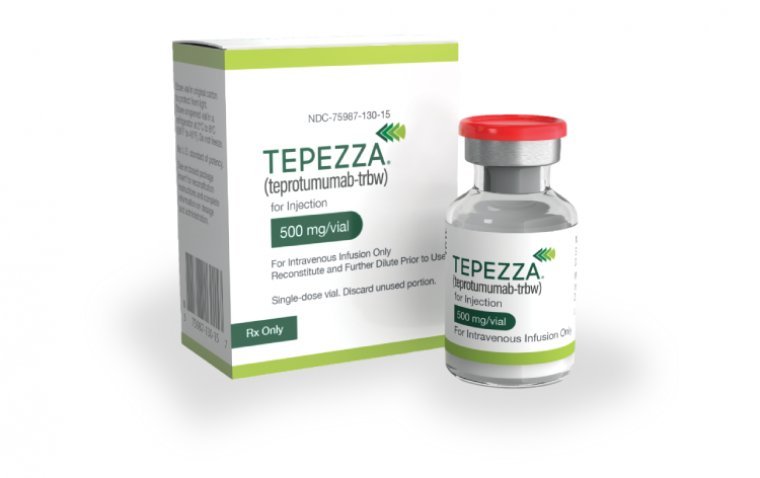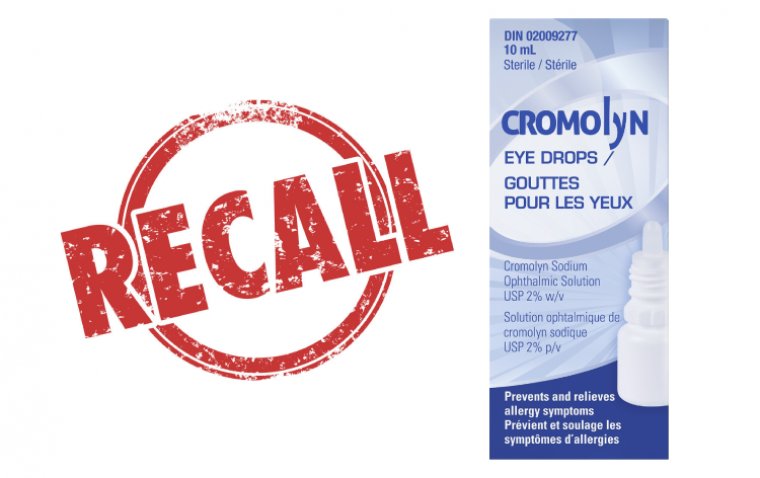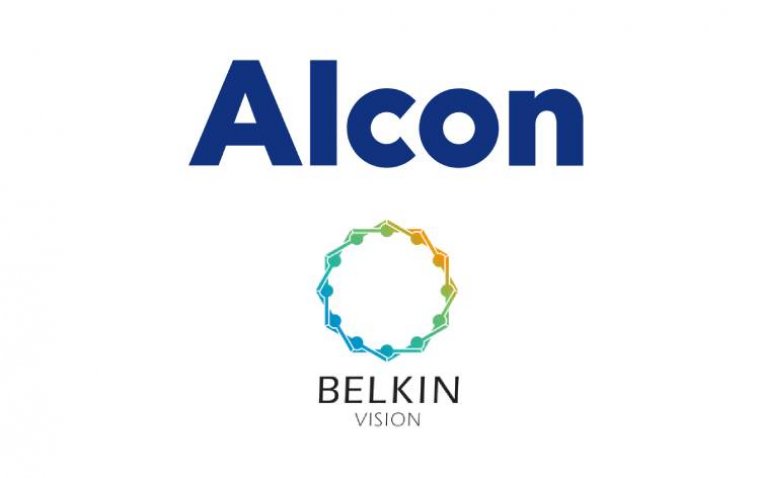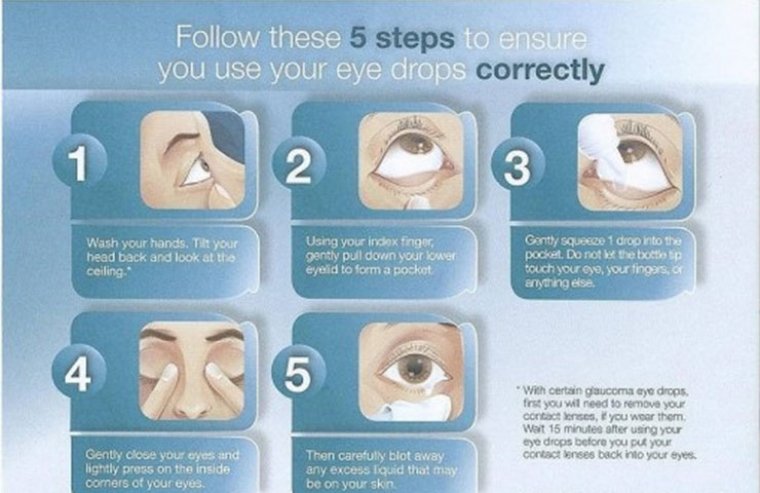
Benefits Of Combination Drops On Glaucoma Management
When patients are diagnosed with glaucoma, one of the most common treatment options is a prescription eye drop medication that lowers eye pressure, which prevents damage to the optic nerve and helps to preserve vision.
Several types of drugs lower pressure. The choice depends on a lot of factors, including the type of glaucoma, its severity, the pressure goals the doctor wants to reach, and the patient’s other medical problems.
Because so many factors affect the choice of medication, the decision is highly individualized to each patient.
If one eye drop does not help the patient lower the eye pressure enough, doctors would often try to switch to a different one, add another medication, or even add a combination of medicines with two different drops in one bottle.
Glaucoma management aims to keep eye pressure reduced, without frequent or significant fluctuation. To meet these goals, doctors need patients to maintain a consistent pattern with their eye drop medications.
That can be especially challenging when patients need to use more than one medication. Glaucoma drops typically are effective in optimal conditions, but some real-life barriers affect adherence and, as a result, pressure control. Compounded combination drops can help patients overcome those barriers.
Multiple Drops
Patients who take two or more glaucoma drop medications are, unfortunately, less adherent than those who just take one.
It is common to see several potential barriers to adherence for these patients. First, it is tougher to take multiple eye drops every day, whether someone is older and perhaps has trouble keeping track or the patient is younger and busy with work and children.
Doctors ask some patients to use drops 3, 4, or 5 times daily. That is a very challenging routine—some patients can manage, but many can not. As a result, they will not maintain consistent IOP control. Ocular surface toxicity is also a problem for many patients taking chronic glaucoma drops.
Preservatives are known to contribute to this problem, particularly benzalkonium chloride (BAK). The problem is multiplied when patients take several doses a day. Naturally, when the drops cause chronic irritation, adherence decreases.
This is an important challenge to address because all the benefits of glaucoma drops are invisible, but the adverse effects (AEs) can be glaring. We need to minimize those AEs for long-term comfort and adherence.
It Could Be Costly
Cost can be problematic with multiple medications as well. The amount patients pay for their medications varies—some have a $5 copayments, whereas others might pay hundreds of dollars.
Physicians usually do not know how much a patient is paying, but if someone is on the higher end, adding a second medication can be a financial burden, which is a potential adherence problem. Finally, with multiple medications, issues can arise with refills.
Some patients finish their bottles too early because it is hard for them to get only one drop at a time out of the bottle. States have different rules about whether ocular medications can be refilled early.
If patients cannot get their medication, then they have gaps in therapy. Shortages of drugs such as dorzolamide can also disrupt the patients’ pattern of continuous adherence to therapy.
Combination Drops
Combination drops can resolve some of the barriers to consistent long-term IOP control associated with taking multiple medications independently.
While most patients still use traditional drops, compounded combination drops can be more affordable for some patients, and they offer a greater range of combinations.
Certainly, easier is better, and combination drops allow patients to take the same bottle of drops just once or twice a day, depending on the situation.
For example, doctors would typically prescribe a compounded timolol-brimonidine-dorzolamide drop (Tim-BrimDor; ImprimisRx) that allows patients to take 2 doses a day instead of 4.
The patients who take timolol in the morning and latanoprost in the evening can take those same medications as a single compounded drop (Tim-Lat; ImprimisRx) once a day.
Used Independently
In the past, doctors sometimes hesitated to prescribe a combination drop because the drops could be more effective when used independently. That is only true when they are used exactly as prescribed, however.
Because patients can be less accurate with multiple drops, the effect is largely the same with less frequent dosing of a combination drop. All compounded drops are usually free of preservatives, so they are much less likely than drops with BAK to cause ocular surface toxicity.
If we can minimize dry eye while effectively managing glaucoma, patients are more likely to adhere to their medications because the treatment is not making them miserable.
For most patients, compounded combination drops cost the same or a little less than they would for multiple bottles. With the compounding pharmacy, there is also a bit more clarity related to the true costs, so patients know exactly what they are paying each month.
That is because patients pay the compounding pharmacy directly. The auto-refill program will set up recurring shipments to ensure that there are no gaps in therapy, which can happen with other medications when patients delay going to the pharmacy.
Patients like the convenience that an auto-refill program offers. Also, patients also can adjust the delivery frequency depending upon how quickly they finish their bottles of drops.
The Importance of Quality
As with anything that doctors prescribe to patients, they want compounded medications to meet very high standards for safety and quality. The compounding pharmacy also should be accredited so it meets rigorous standards.
It is nice to offer patients convenience and perhaps lower cost, but it is essential that the medications are coming from a place with a reputation for producing safe, quality products.
(1).jpg)
